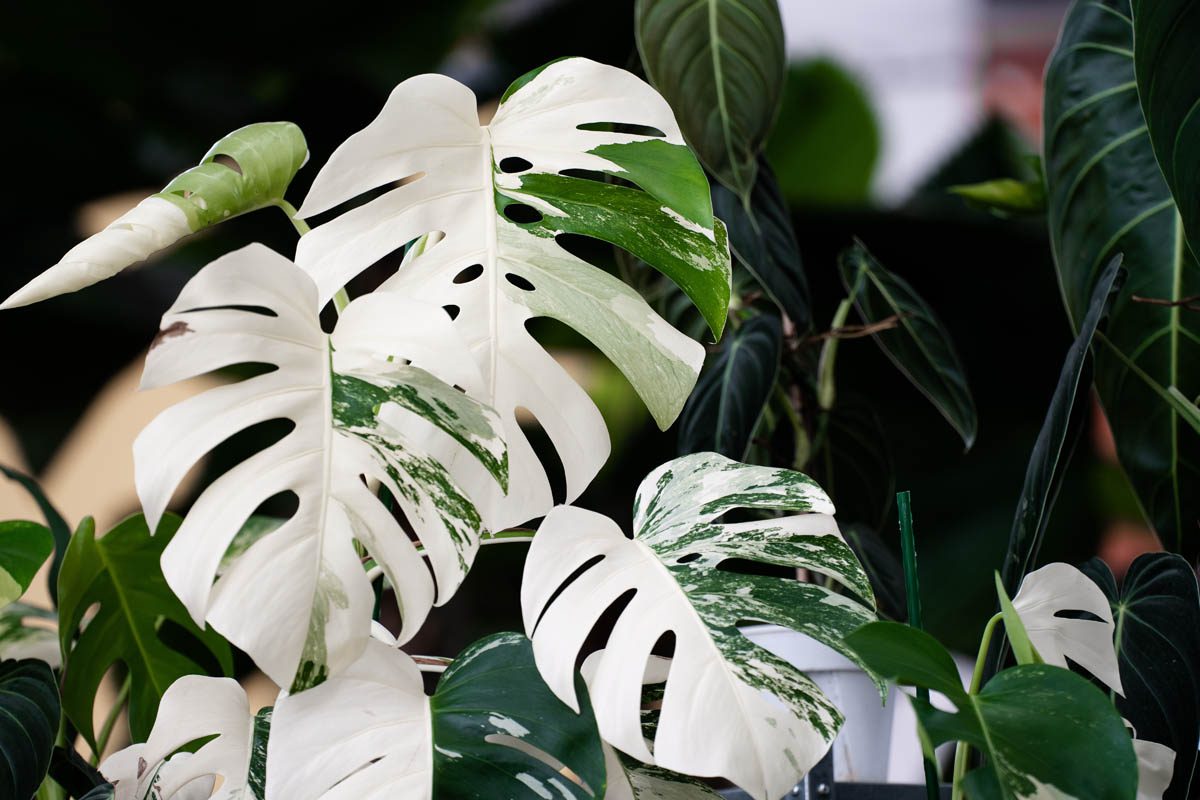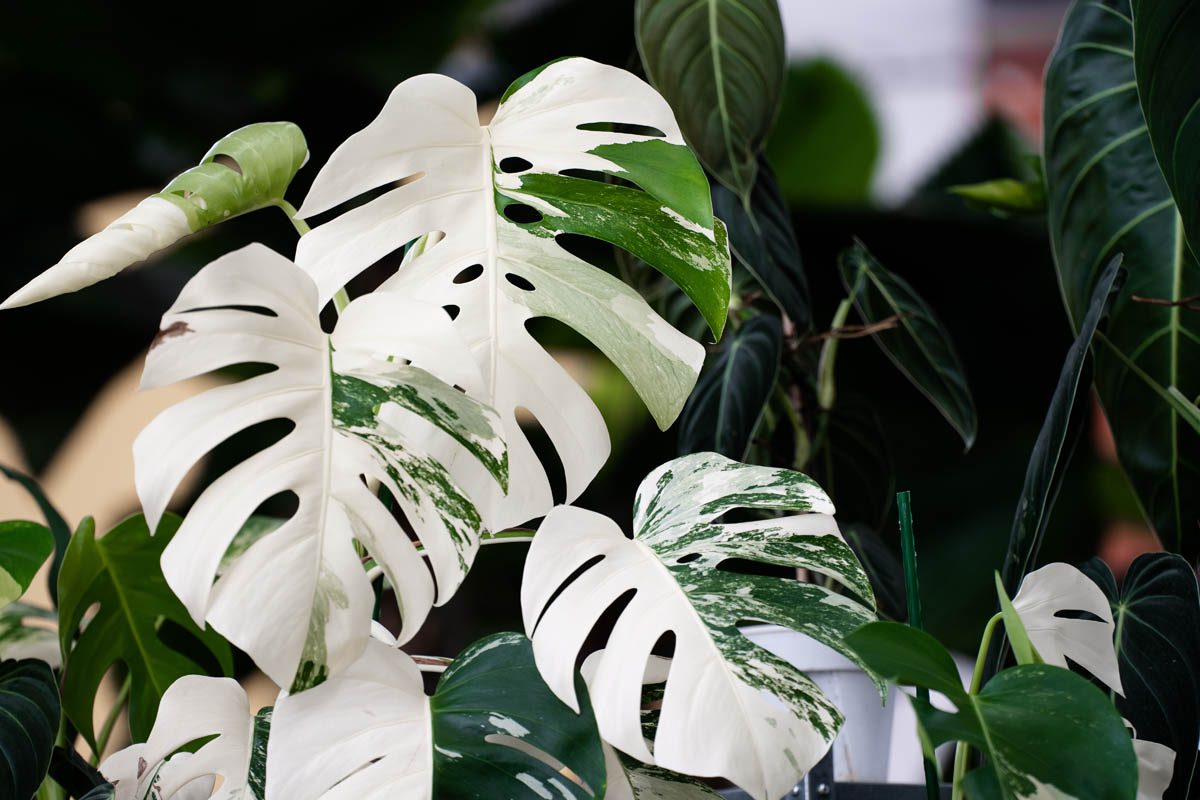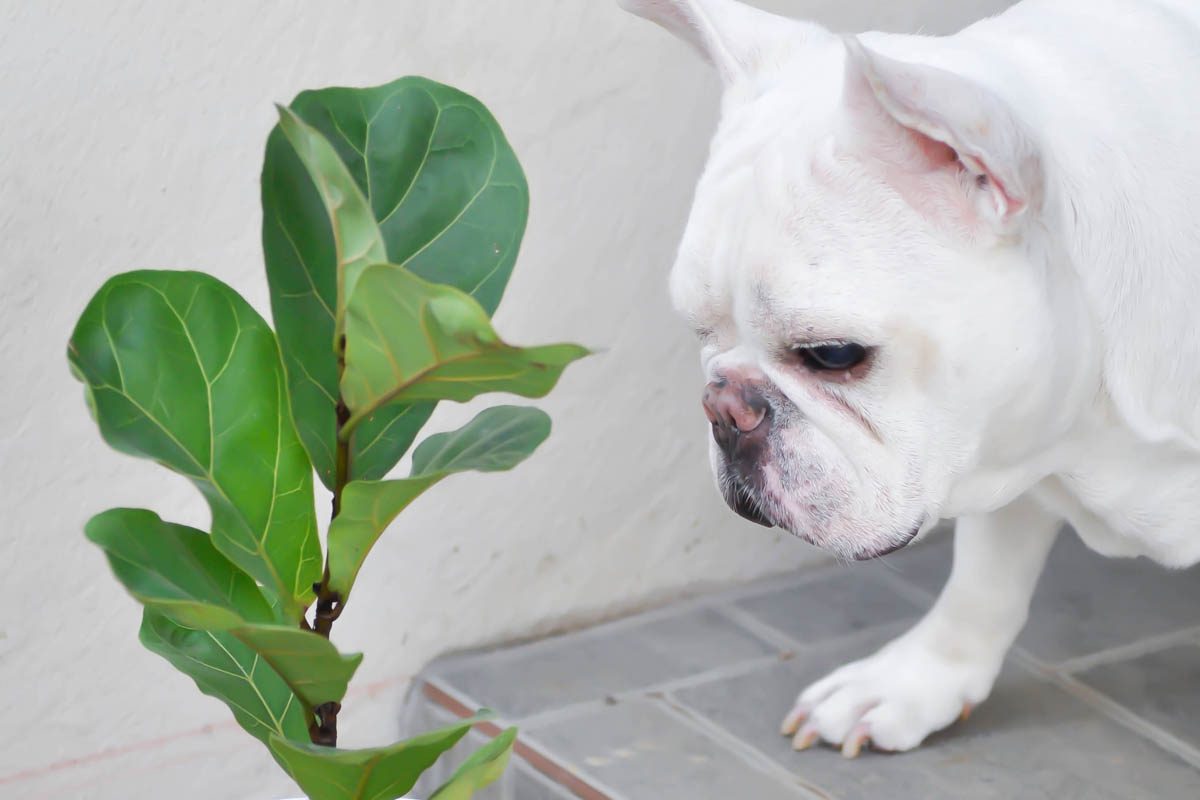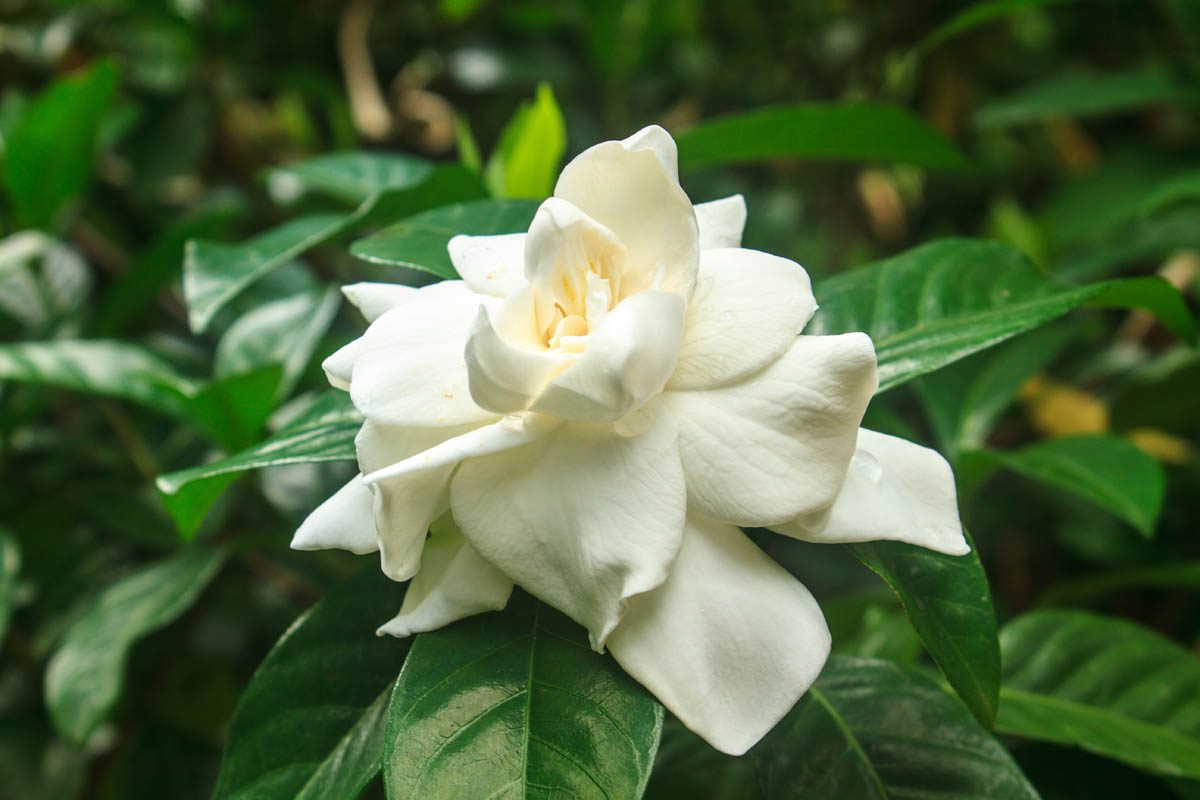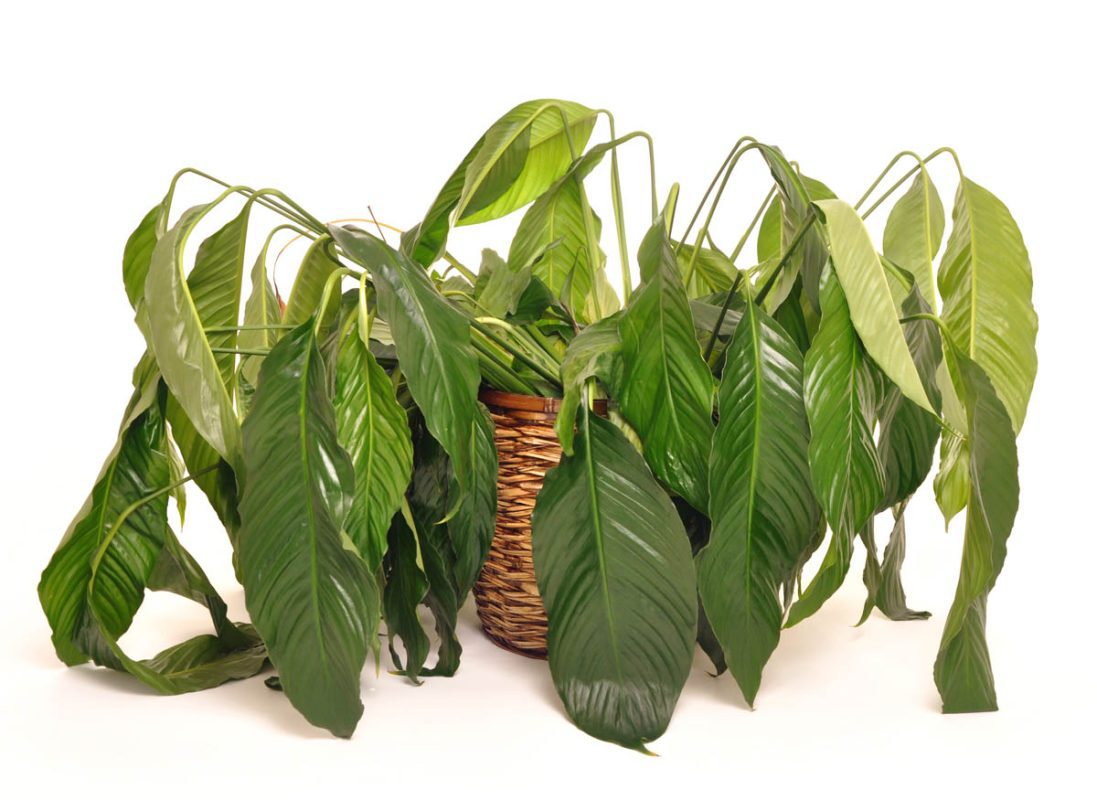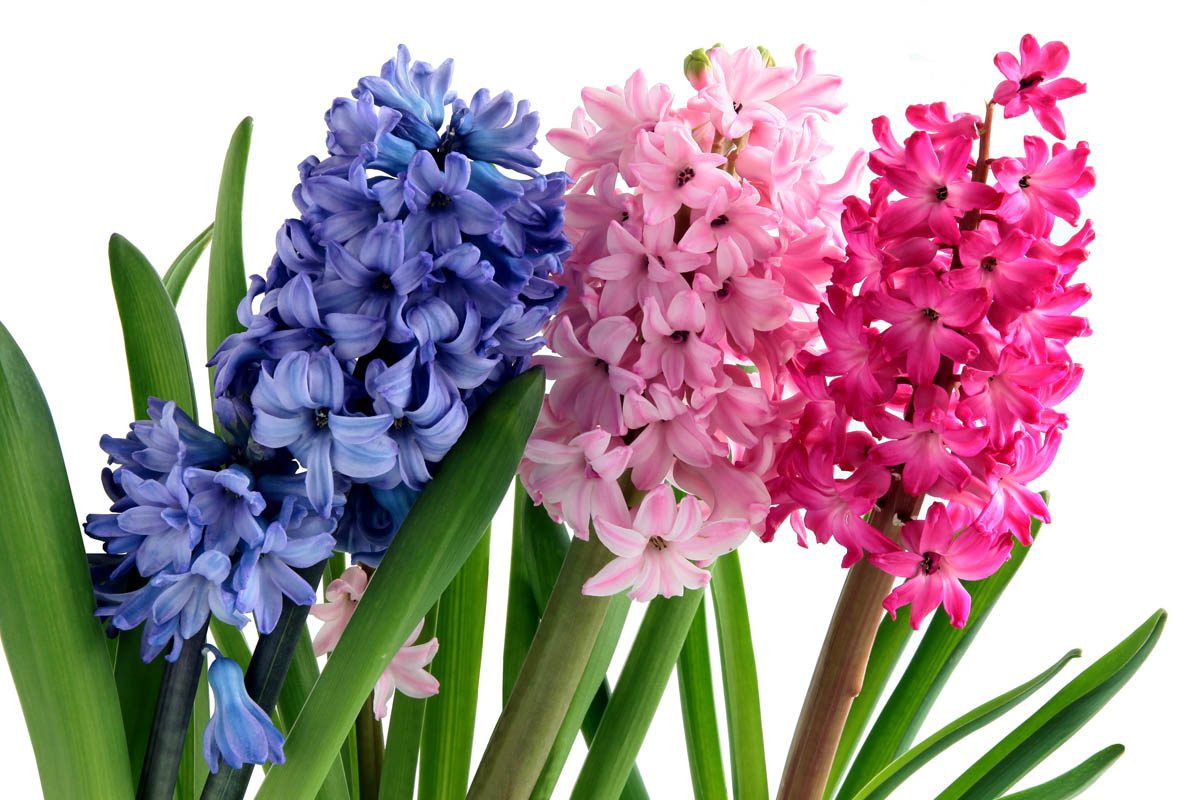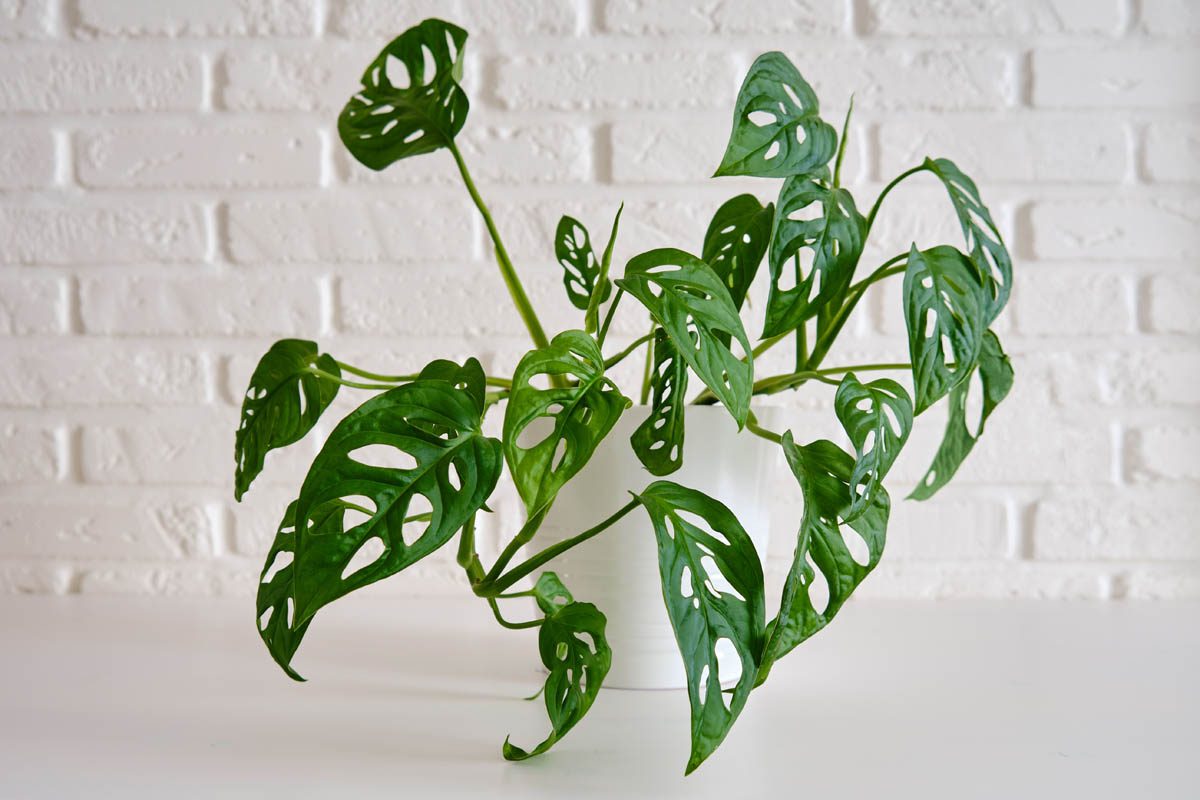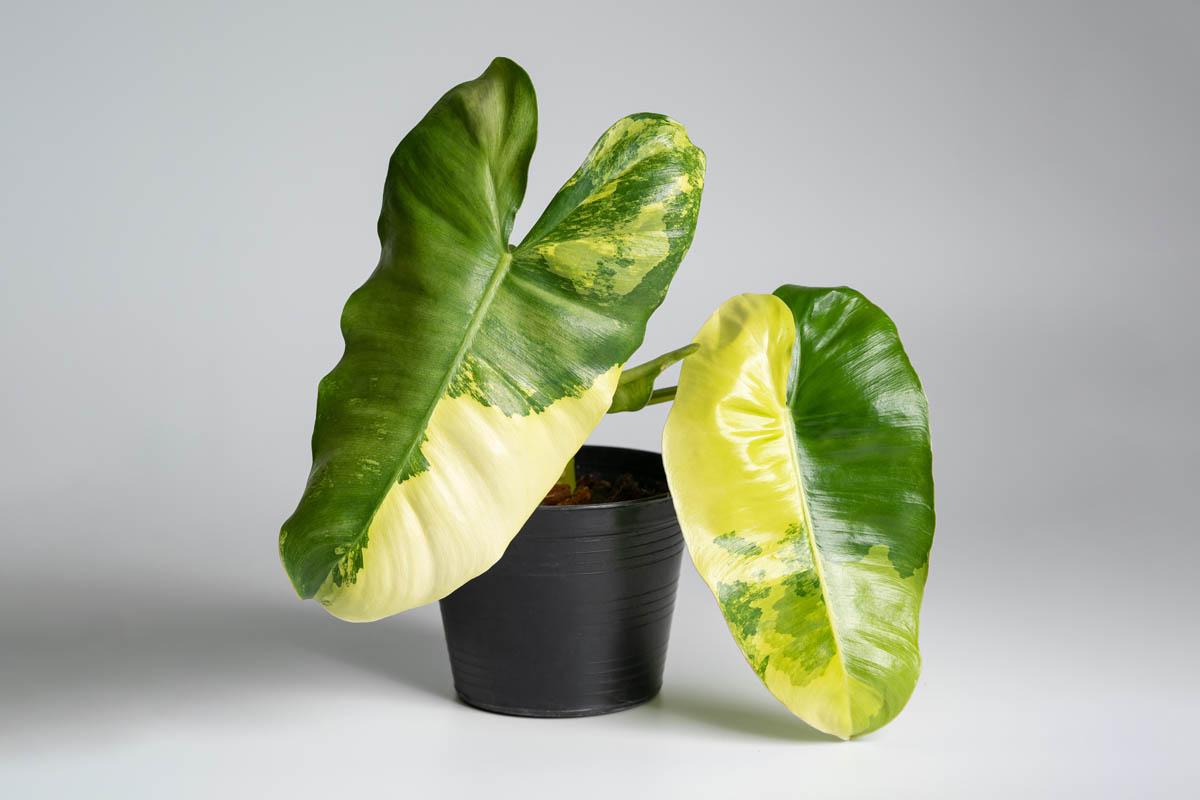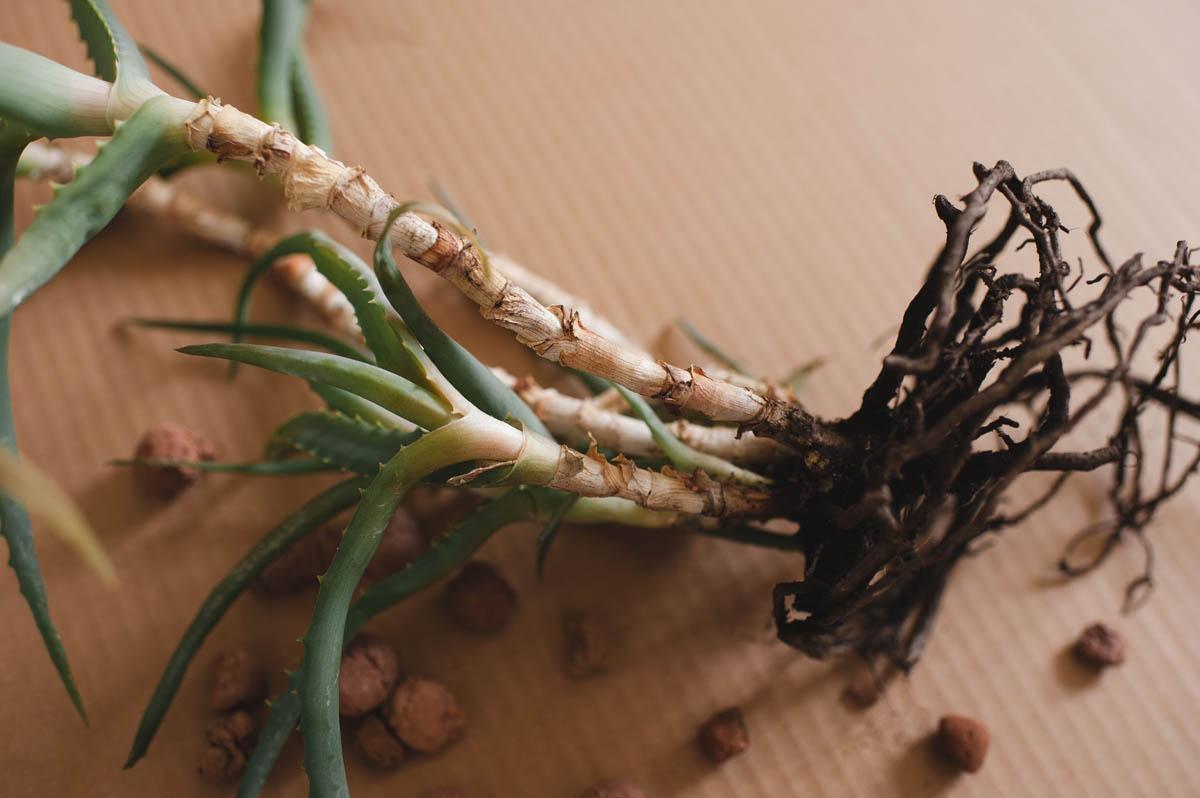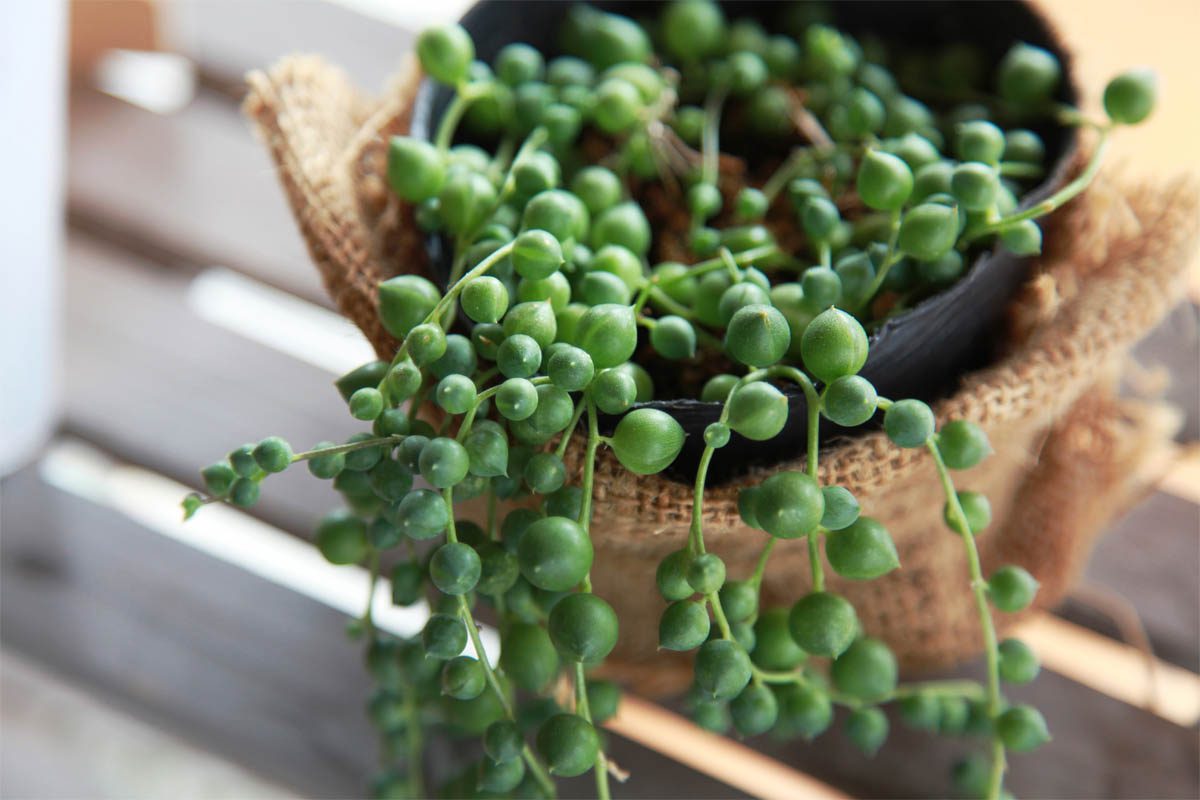Variegated Monstera deliciosa ‘Thai constellation’ or ‘Albo‘ are in high demand, and as such, command a hefty price tag starting at $300 for a small plant to over $1000 for a mature specimen. Plant collectors may be tempted to save money and grow variegated Monstera deliciosa from seed, which we look at.
Julia is a writer and landscape consultant from Wollongong with a love of horticulture. She had been an avid gardener for over 30 years, collects rare variegated plants and is a home orchardist. Julia is passionate about learning and sharing her knowledge of plant propagation and plant toxicology. Whether it’s giving advice on landscape projects or sharing tips on growing, Julia enjoys helping people make their gardens flourish.
